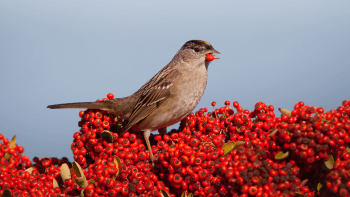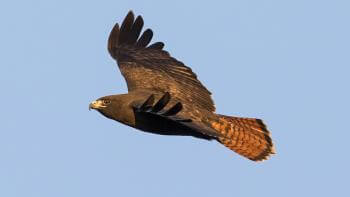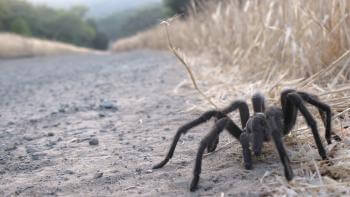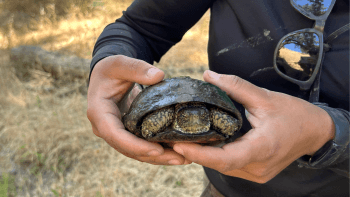Mountain Lions: It's Not Easy being King

It's almost the end of cubbing season for mountain lions, meaning these mothers are raising their young and getting them ready to survive in the wild. While cubs learn a lot about how to survive from their mother and the first couple years of their lives, it won’t be an easy feat living outside of their dens. Though mountain lions are apex predators, being at the top of the food chain still has its challenges.
Mountain lions (also known as the cougar, puma, panther, or catamount) serve a very important purpose in their ecosystems, acting as regulators, of sorts. As “obligate carnivores,” mountain lions only eat other animals. Their primary food sources consist of deer or small mammals (other than rodents – they don’t spend too much time on those), and they typically target those that are weak or sick. By doing so, they remove weak animals from the environment, and in turn, strengthen the populations of prey animals. This form of natural population control is also beneficial to the prey species because it reduces the prey species’ impact on their ecosystems that can prevent depletion of vegetation or deterioration of soils.
But “it’s not always easy being an apex predator,” says David Mauk, Natural Resource Technician at the Authority. These big cats, while being very closely related genetically to house cats, are about 5 to 7 feet long (including their tail), weigh around 110 to 220 pounds, the size of a full-grown person, and can sprint over short distances up to 50mph. Being large and fast means they require a lot of energy to sustain themselves, which isn’t always easy to get.
For everything eaten at one level of the food change, only 10% of that energy and material continues up the next level of the food chain, meaning mountain lions have access to the least amount of food than each species below it. Mountain lions typically catch one deer every one to four weeks and face high competition from other mountain lions for territory. In fact, one of their biggest challenges is their need for space.



